Horror Film
Readings:
Mandatory movie for this learning unit:
- Frankenstein (James Wale, 1932)
Intro
Origins
Connection with the German Expressionism
In the first learning unit, we analyzed the main features of the German expressionism.
The connection of the classic horror movies of the 1930s with this style is very clear.
It was, first and foremost, a visual influence: the deep contrast between black and white, between light and shadow.
Still, we can also discover a connection in the contents as well.
“The Cabinet of Dr. Caligari” was an extraordinary success of Public and critics when it was released in New York and Los Angeles in 1921. However, it was also a highly controversial movie, who was censored in several areas of the U.S. – certain conservative sectors of American society thought that such ghastly and hideous ideas should never be showed to the masses.
In General, the most important of the German so-called SHAUERFILME had the same double reaction. They provoked admiration and horror. Schauerfilme – or Schauerromane – is what you call in English “gothic movies” or “gothic tales”.
(“Gothic” – artistic style in the so-called High Middle Ages. Around the year 1000 of our age. It was art style with a strong focus on teligion. The most important characteristics of the Gothic are, precisely, the obsession with The darkest areas of religion – what has to do with sin, punishment and hell. The Gothic Cathedrals in Europe are huge, and dark, and always tried to convey the impression of the insignificance of the human being in comparison with the greatness of God.)
Some of these Shauerfilme (Gothic Films) that we already mentioned in our first learning unit:
Robert Wiene’s “The Cabinet of Dr. Caligari (1919)
Paul Wegener’s “The Golem” – (1914 / 1920)
Henrik Galeen’s “The Student of Prague” (1913 / 1926)
Robert Wiene’s “The Hands of Orlac” (1924)
Friedrich W. Murnau’s Nosferatu: A Symphony of Horror (1921). This film is the first version of Bram Stoker’s novel. It was un-authorized because Bram Stoker’s widow was opposed to the film adaptation. Thus, the title of the movie is Nosferatu and the name of the count is not Dracula, but Count Orlock.
Fritz Lang Destiny (1921) / Metropolis (1926)
Carl Theodor Dryer / “Vampyr” (1932) – The wild originality of this movie is that the vampire is an old woman.
Another name we must associate to the early horror movie is Horace Brisbane Liveright. Liveright was a Brodaway producer. He staged all the classics that we now associate to the genre (Dracula, Frankenstein, Dr. Jeckyll and Mr. Hide …). It was the popularity of those plays what convinced the Hollywood industry to make the movies. (Bela Lugosi played the role of the vampire in Liveright’s Dracula).
Stylistic Characteristics
- Fantastic, mystic and supernatural elements (in opposition to the realism of the Film Noir).
- Moral Manichaeism: Light and Shadow as metaphor of Good and Evil (although the evil is sometimes presented as something attractive too).
- The most poetic of all film genres.
- The Monster:
- A monster is someone different, an outsider.
- Because he is different, he is mistrusted, hated, and feared. A life in the human community is impossible for him/her.
- They are strong, much stronger than the average individual, but at the same time they are vulnerable.
- The Achiles Heel of the monster is frequently beauty. Many Horror movies are actually film versions of the old fable “Beauty and the Beast”.
- Since the main feature of the human being is its individuality, its uniqueness, monsters are “more human than humans”.
Literary Authors
- Abraham “Bram” Stoker (Dublin, 1847 – 1912)
- “Dracula” (1897)
- Dracula is the mythos of a creature that is different, belongs to a different world and represents the opposite of tradition and convention. As the radical outsider, he cannot live with normal people and becomes always a danger for them. Dracula is the embodiment of evil, but in some filmic versions, the evil is not portrayed as something ugly, but as an attractive source of power. Dracula, in the last versions of the story, developed into an erotic myth.
- Mary Shelley (1787 – 1951)
- “Frankenstein” (1818)
- In this case, the monster is created by the ambition of an individual. Frequently they are mad scientists who are obsessed with their experiments. The monster, in this case, is the result of the human drive to take the prohibited fruit of the tree of science and knowledge.
- Robert Louis Stevenson (1850 – 1894)
- “The Strange Case of Dr. Jekyll and Mr. Hyde” (1886)
- This story is also an allegory of the schizophrenic nature of the human being. In this case, good and evil are in the same person. They are separated, but Stevenson’s short story suggests that in each human being, even in the most respectable one, as it is the case of Dr. Jeckyll, there is a dark side that can appear any time. Stevenson created a metaphor of the ambiguity of the human being, of the co-existence of these two tendencies, good and evil, inside our soul. Just during the 1920ies, seven film versions of this novel were released.
- Edgar Allan Poe (1809 – 1849)
- The Gothic Tale (“The Black Cat”, “The Fall of the House of Usher”, “The Murders in the Rue Morgue”).
- The Gothic Tale addresses our fears, irrational yearnings and darkest nightmares (for example the fear of being buried alive).
Actors
Lon Chaney (1883-1930)
- “The Penalty” (1920)
- “The Hunchback of Notre Dame” (1923)
- “The Phantom of the Opera” (1925)
- “The Black Bird” (1927)
- “The Show” (1927)
- “The Unknown” (1928)
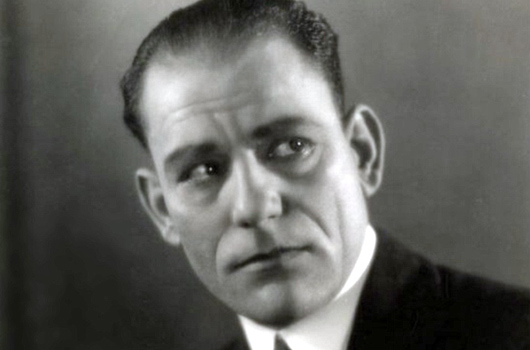
Bela Lugosi (1882-1956)
- Born as Béla Ferenc Dezső Blaskó in Hungary.
- In 1919 he had to leave Hungary because of his political activity in an actors union.
- in 1921, he came to the United States.
- He never learned correctly English – was an autodidact, never took classes. And he always spoke with an extraordinary strong Hungarian accent.
- Tod Browning, the director of the American Film version of Dracula, preferred Lon Chaney for the role of the Vampire, but finally Lugosi became the role because Chaney was really very sick.
- His career declined quickly.
- He was to be seen in many B-pictures of this genre, most of them pure junk, or just parodies. (“Bud Abbott and Lou Costello meet Frankenstein”).
- Movies:
- Dracula (1931)
- Island of the Lost Souls (1932)
- The Black Cat (1934)
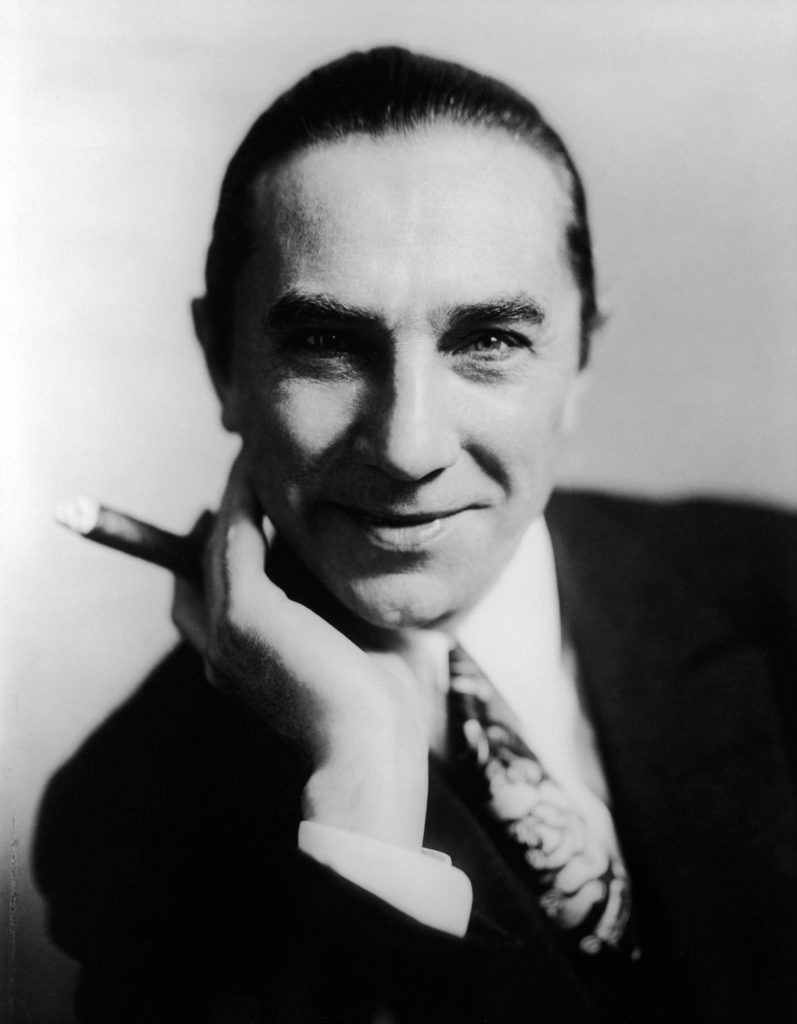
Bela Lugosi as Dracula
Boris Karloff (1887 – 1969)
- Born in London as William Henry Pratt.
- He had some minor roles in silent movies during the 1920ies.
- It was his role in “The Criminal Code” (1931) what attracted to him the attention of the Universal Studios.
- Some highlights in Karloff’s career:
- Scarface (1931, by Howard Hughes)
- The Mummy (1932, by Karl Freund)
- The Black Cat (1934, by Edgar G. Ulmer)
- Bride of Frankenstein (1935, by James Whale)
- Mr. Wong Detective (1938, by William Nigh)
- Son of Frankenstein (1939, by Roland V. Lee)
- Targets (1968, by Peter Bodganovich)
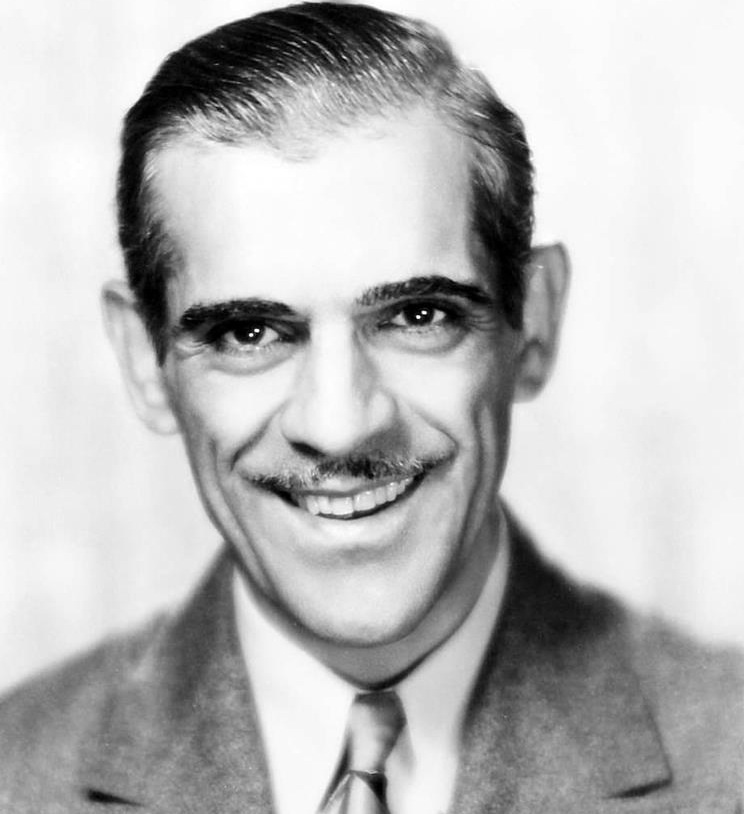
Directors
Tod Browning
- Born as Charles Browning Jr. in Louisville, Kentucky July 12, 1880 (He died in 1962)
- He run away form home (1896) when he was 16 years old, and initiated a vagabond life in the carnival and circus. He had worked almost every job, from barker to contortionist.
- “The Hypnotic Living Corpse”.
- In this stunt he played the role of a young man who suddenly died, and who resurrected after having spent two days buried. Browning spent indeed two days six feet underground in a coffin under a ton of dirt. Of course, the casket contained a hidden ventilation system. He fed himself with malted milk pellets.
- He was obsessed with any kind of deformation of body, soul and mind. And no one else expressed this obsession better than he did.
- Movies with Lon Chaney:
- The Unholy Three (1925)
- The Show (1927)
- The Unknown (1927)
- London after Midnight (1927)
- Movies with Lugosi
- Dracula (1931)
- Mark of the Vampire (1935)
- Freaks (1932)
James Whale (1880 – 1957)
- Born in Dudley, Worcestershire, England
- He died drowned in his own swimming pool in Hollywood.
- Before Howard Hughes brought him to work on the screenplay of “Hell’s Angels” (1930), he had spent some time in a German prison camp during World War I.
- His horror movies are visually spectacular, deeply intelligent, a little satirical, surrealistic, and with a genuine sense of humor.
- Movies:
- Frankenstein (1931)
- The Old Dark House (1932)
- The Kiss Before the Mirror (1933)
- The invisible man (1933)
- Remember Last Night?
- Bride of Frankenstein (1935)
Films
Dracula (Universal, 1931)
- Director: Tod Browning
- Cinematographer: Karl Freund
- Screenplay: Aileen Webster
- Starring: Bela Lugosi, David Manners, Helen Chandler.
- Producer: Carl Laemmle Jr.
Freaks (MGM, 1932)
- Director: Tod Browning
- Screenplay: Tod Browning, Willis Goldbeck, Leon Gordon, Edgar Allan Woolf and Al Boasberg.
- Scenarist: Willis Goldbeck
- Producer: Irving Thalberg.
- Starring: Olga Baclanova, Harry Earles, Johnny Eck,
- After Dracula’s success, Tod Browning found in the MGM funding for his most personal project, the film he was never able to make at Universal. The movie is really disturbing, one of those films that may have an impact on your life.
- The story is very simple, a circus melodrama. Trapeze artist Cleoplatra, who is secretly in love with the strong man of the circus, Hercules, married the midget Hans because of his money. Actually, she plans to murder him as soon as possible. Yet, the real heroes of the movie are the ”freaks”, the abnormal, mutilated, deformed or retarded people who were also an attraction in the circus. They discovered the intrigue and have a terrible revenge. At the end, they terribly mutilate the heartless artist.
- There is no make-up in this movie. All the deformed people were real – and most of them actually worked in the circus.
- “Freaks” is actually a very sensitive movie, in which the real freaks are much more human than the normal, beautiful characters. However, the publicity of the movie was a terrible campaign trying to exploit the abnormality of the deformed.
- The reaction was devastating – and was the end of Browning’s Career in Hollywood. Today, Freaks is a cult-movie, probably the most relevant (alongside with Frankenstein) of all the 1930s.
King Kong (RKO, 1933)
- Directors: Merian C. Cooper and Ernest B. Schoedsack
- Chief Technician: Willis H. O’Brian
- Cinematographer: Eddie Linden
- Producers: Merian C. Cooper and Ernest B. Schoedsack
- Executive Producer: David O. Selznick
- Screenplay: James Creelman and Ruth Rose (based on an novel of Edgar Wallace)
- Music: Max Steiner
- Starring: Fay Wray, Robert Armstrong, Bruce Cabot
- The most amazing, exciting, beautiful and poetic of all film versions of the Beauty and the Beast tale.
- In the original version, the title was Creation, not King Kong. The creature was a dinosaur, and not an ape. Cooper and Schoedsack decided to change that, because only apes can recreate human emotions. The results were spectacular.
Dr. Jekyll and Mr. Hide (Paramount, 1931)
- Director: Rouben Mamoulian
- Producer: Rouben Mamoulian
- Photographer: Karl Struss
- Music: Hermann Hand
- Screenplay: Samuel Hoffenstein and Percy Heath (based oin Stevenson’s novel)
- Starring: Fredric March, Miriam Hopkins, Rose Hobart, Holmes Herbert
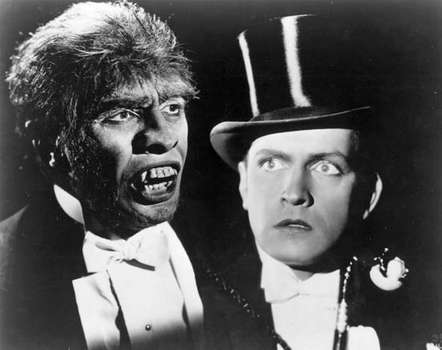
Frankenstein (Universal, 1932)
- Director: James Whale
- Screenplay: Garret Fort, Francis Ford Faragoh
- Music: Franz Waxman
- Make-up: Jack P. Pierce (Karoly Grosz)
- Starring: Boris Karloff, Colin Clive, Mae Clark
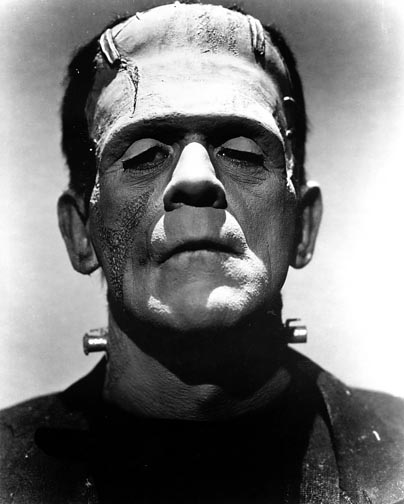
Bride of Frankenstein (Universal, 1935)
- Director: James Whale
- Cinematographer: John Mescall
- Music: Franz Waxman
- Screenplay: John L. Balderstone and William Hurlbut
- Starring: Boris Karloff, Elsa Lanchester, Colin Clive, Ernest Thesiger
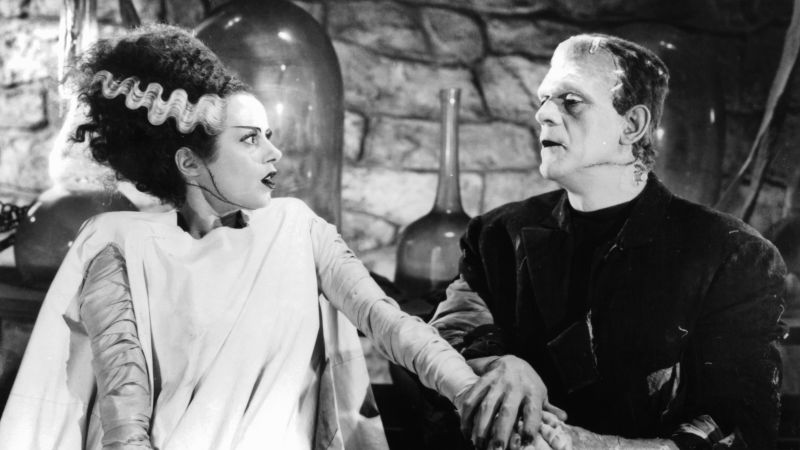
Literature
- Skal, David J.: “The Monster Show. A cultural History of Horror”. Faber and Faber Inc. 2001.
- Freeland, Cynthia A.: The Naked and the Undead. Evil and the Appeal of Horror”. Westview Press, 2000
- Holte, James C. “Dracula in the Dark. The Dracula Film Adaptations”. Greenwood Press, 1997












